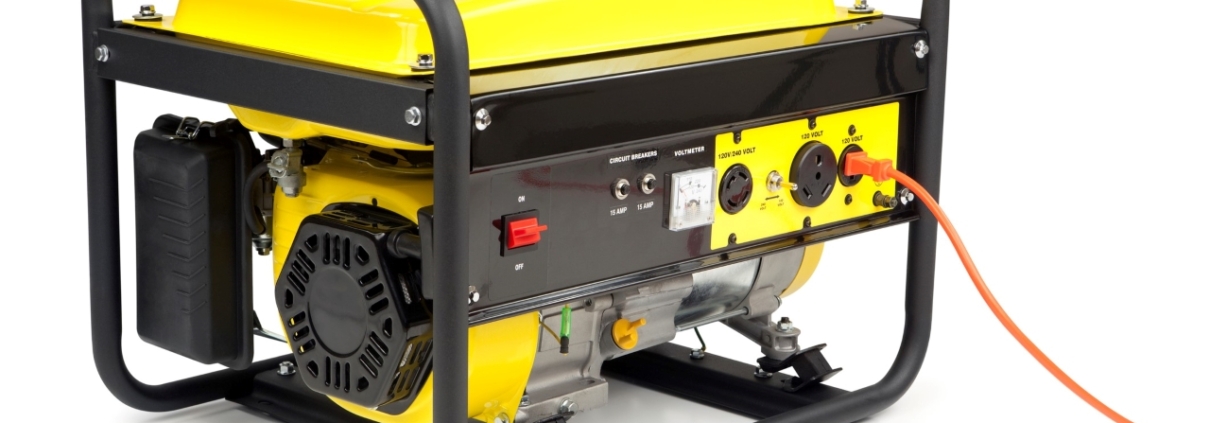7 steps to safely using portable generators
Power outages and high summer temperatures often lead people to turn to portable generators to keep air circulating and refrigerators running. While standalone generators can make life a little more comfortable during power outages, if not used correctly, they can cause injuries and even be fatal.
Here are some basic safety measures when using a generator:
- Follow all manufacturer instructions for proper setup and operation.
- Use proper extension cords and never plug the generator into a wall outlet.
- Place generators at least 20 feet from a building, away from doors, windows and vents. Make sure the generator has three to four feet of clear space on all sides and above it to ensure adequate ventilation.
- Never use a generator indoors or in any partially-enclosed area. Even with ventilation, generators can produce high levels of carbon monoxide very quickly.
- Install battery-operated carbon monoxide alarms in your home or business; test alarms frequently and replace dead batteries.
- Do not use a generator in a wet area. This can cause shock or electrocution.
- Do not fuel your generator when it is running. Spilling gas on a hot engine can cause a fire.
While most portable generators carry several hazards, including electric shock and fire, the most generator-related fatalities are caused by carbon monoxide poisoning. Carbon monoxide is a colorless, odorless gas that builds up quickly in enclosed spaces. If levels are high enough, it can be deadly in as little as five minutes.
According to data from the Consumer Product Safety Commission, between 2005 and 2017, more than 900 people died of carbon monoxide poisoning while using portable generators. Sadly, after Hurricane Laura devastated Lake Charles in 2020, 14 of the 28 storm-related deaths were caused by carbon monoxide poisoning from unsafe use of emergency generators.
Carbon monoxide is odorless and colorless, so even though you may not smell or see exhaust fumes, you may still be exposed. Opening doors and windows or using fans will not prevent carbon monoxide build-up in your home or business. If you start to feel sick, dizzy or weak while using a generator, get to fresh air immediately. The toxic fumes from generators can rapidly lead to full incapacitation and death. If you experience serious symptoms, get medical attention right away, and inform medical staff that carbon monoxide poisoning is suspected.
If you experience symptoms while indoors, have someone call the fire department to determine when it is safe to re-enter the building.
Additional generator safety resources:



